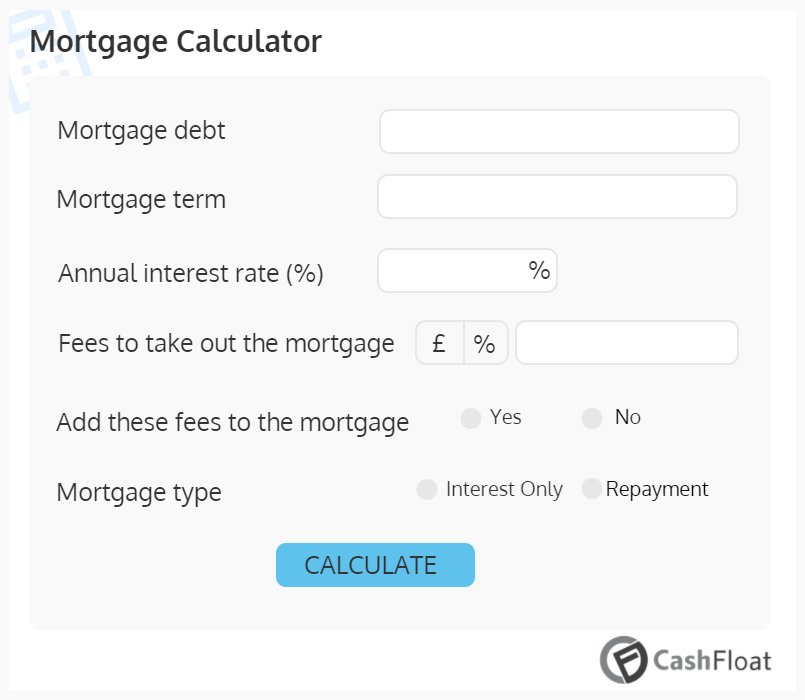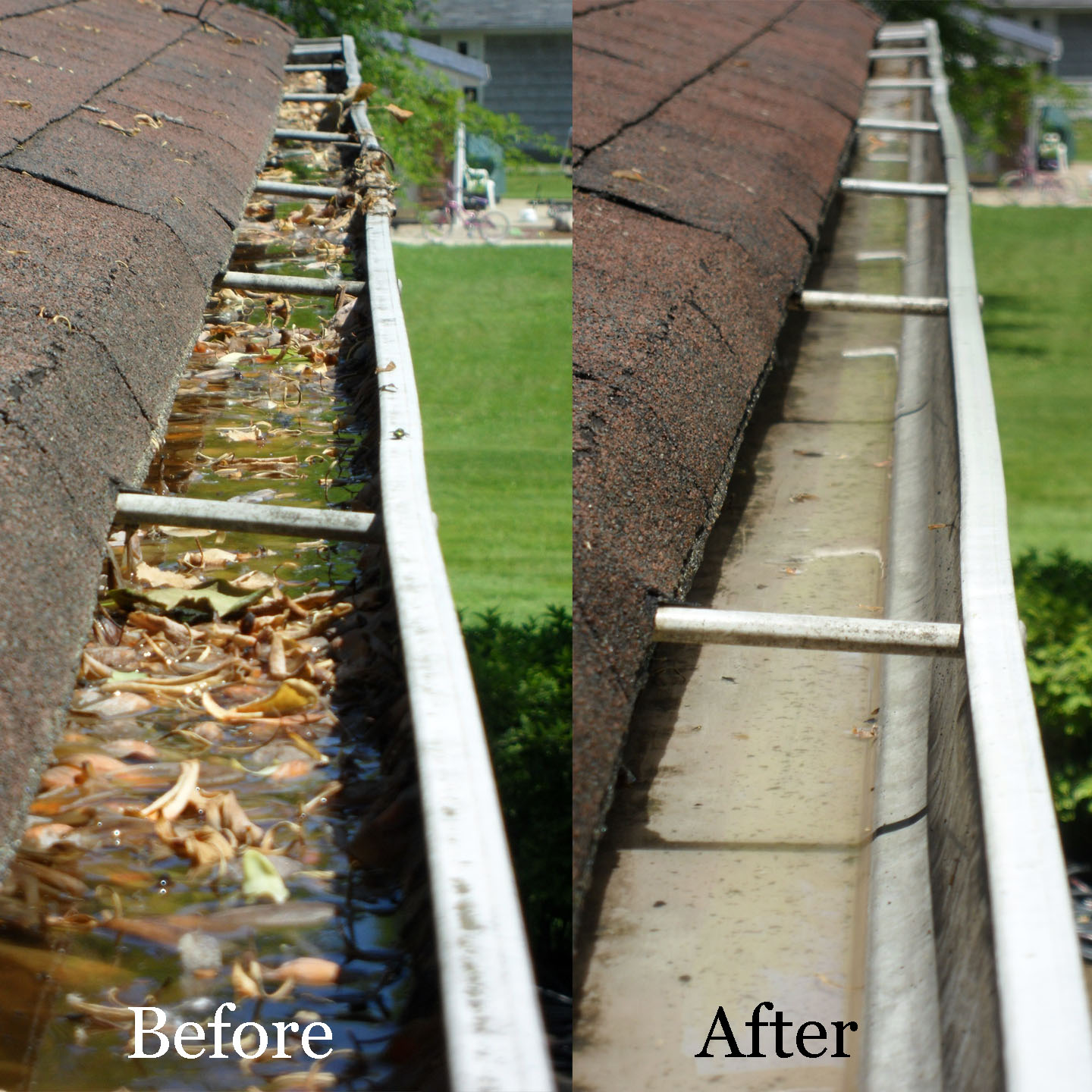Table of Content
Most personal loans are unsecured, meaning you won’t have to offer your home as collateral. Can use the refinance to fund home improvement projects, consolidate high-interest credit cards, or a variety of other purposes. The loan money goes into a separate escrow account that’s used to pay contractors. Borrowers do not have access to those funds as they would with a home equity loan or cash-out refinance.

A HELOC may be better if you need access to funds for an extended period . Any mortgage on top of that—including home equity loans and HELOCs—is a second-lien mortgage. The home equity lender is second in line if you fail to repay your loan.
Term and Interest Rate
Christina Majaski writes and edits finance, credit cards, and travel content. She has 14+ years of experience with print and digital publications. These articles, the information therein and their other contents are for information purposes only. All views and/or recommendations are those of the concerned author personally and made purely for information purposes. Your interest rate will depend on the type and size of your loan, your down payment, and your financial history, such as your credit score. “Home loan” is an umbrella term that covers a wide variety of mortgages, home equity loans, and home refinances.
It is released when the entire loan is repaid in the form of monthly instalments by the borrower. If the borrower is unable to repay the loan and goes bankrupt, the lender has the right to liquidate the house to recover the pending dues. Look for any benefits, such as rate discounts a lender might provide for enrolling in autopay. Also keep an eye out for disadvantages, including minimum loan amounts or expensive late payment fees.
When a Home Improvement Loan May Be Better
When you’re on the hunt for a loan to spruce up your space, home equity and home improvement loans aren’t the only options. The average kitchen remodel, for example, cost $25,656 in 2022, according to home improvement guru Bob Vila. Other parts of the home cost about half that, but these expenses can add up — particularly if you’re remodeling an entire house. A home improvement loan may make sense when your project is small, you lack sufficient equity to get a home equity loan, or you need the funds right away. For instance, you might consider a home improvement loan if you need $10,000 to update a bathroom. A home equity loan may be a better option when your project is sizable (such as a $50,000 home remodel), you have adequate equity in your home, and you can wait a month or so for the funds.

Also, it’s important to have a realistic idea of project costs and get the right type of loan, with the best rate you can qualify for and a payment that fits your budget. If you have a lot of equity in your home, a HELOC or home equity loan might be best. Or, you might use a cash-out refinance for home improvements if you can also lower your interest rate or shorten your current loan term. Those without equity or refinance options might use a personal loan or credit cards to fund home improvements instead.
Home Improvement Loan vs. Remortgage - Which is Better for You?
Everyone’s financial situation and needs are unique, so consult a loan officer about which option best suits your needs. Many people choose to take out home equity loans to make home improvements. That can increase the value of your home, putting you ahead if you ever choose to sell. The best home improvement loan will match your specific needs and your unique situation. To access comparethemarket.com please complete the security check to prove you are human. Limited who is authorised and regulated by the Financial Conduct Authority and is classed as an insurance broker.

A home equity loan will disburse the funds in a single lump sum. A HELOC allows the borrower a specified draw period, during which he/she can withdraw up to a set amount, followed by a repayment period, where the borrowed funds are repaid. Credit Unions typically change a lot less and may give better repayment conditions. Credit Unions in Ireland cannot exceed 12% APR on personal loans. For credit unions in the Republic of Ireland with a dedicated home improvement loan rate, the average loan rate was 7.7% APR and the lowest rate was 4.33% APR .
Lenders will also look at plenty of other factors when you apply, including your existing debt, employment status and housing payments. It’s useful to note that there are several alternatives to using either a home equity loan or a personal loan. You can think of it as a giant credit card that’s secured by your house. You can reduce the amount of your debt by paying off high-interest credit card debt with a lower-interest personal loan. However, if you’re taking out a personal loan to pay for a large expense, you’ll increase your debt load, making it harder to qualify for credit products later on. Use Bankrate’s personal loan calculator to see how much a personal loan might cost you in interest.
Another option is to use a home equity loan, which we discuss towards the end of our guide. Loans Warehouse is an award winning service that will help find the right loan for you. The Federal Reserve has started to taper their bond buying program.
The payback period for a personal loan is less flexible, often two to five years. Because a personal loan is unsecured, you won’t use your home as collateral. That means these loans can be obtained much faster than HELOCs or home equity lines of credit. In some cases, you may be able to get loan funding on the next business day or even same-day funding. The money you receive from a cash-out refinance comes from your home equity. It can be used to fund home improvements, although there are no rules that say cash-out funds must be used for this loan purpose.
After that debt is settled, your home equity lender could use any remaining proceeds to pay off the balance. These loans typically have closing costs attached to them, which can be an added expense at the end of the loan term that is not always applied to home improvement loans. Looking at the various interest rates is important, but you should also consider any other fees and charges. One of the biggest to consider when choosing to remortgage are early repayment charges on the first mortgage. If you pay off the first mortgage with a new mortgage early, that lender could charge you a significant amount as a type of penalty.
Because of this, home equity loans are riskier for borrowers than personal loans for home improvement. “The problem with doing that is when you don’t have the equity in your home to pull out that cash. Interest rates are usually lower for personal loans than credit cards.

If you have no mortgage or looking for a small loan, i.e. under €20,000, Credit Union personal loan. If you are looking at doing an extension or big house improvements, you might look into a remortgage as the interest rates will be much lower. But if you’re unemployed you’ll need a strong alternative source of income, such as a pension, government benefits or investments. Home improvement loans are better if you don’t want to put your home at risk, you have little equity in your home, or you need funding quickly.

No comments:
Post a Comment